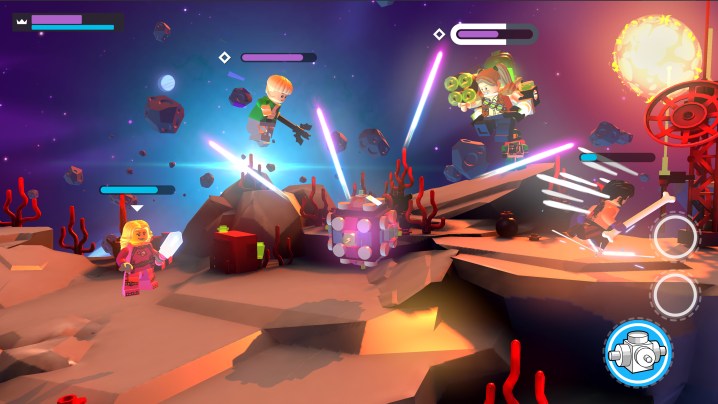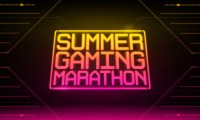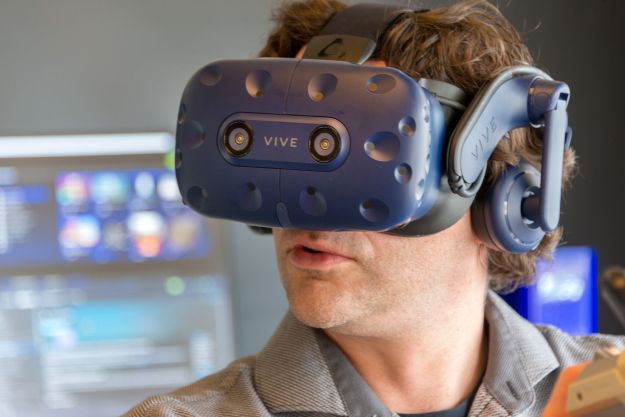Nintendo’s Super Smash Bros. series single-handedly created the platform fighter subgenre of fighting games. As such, a lot of games try to replicate its formula almost completely, especially mechanics like the wavedash from Super Smash Bros. Melee. While the makers of many Smash clones seem to feel like they need to be exactly like Nintendo’s classic series in order to entice players, Lego Brawls showed me that doesn’t have to be the case at Summer Game Fest Play Days.
Just as MultiVersus did last month, Lego Brawls demonstrates that games inspired by Super Smash Bros. can still have a unique gameplay identity. From being able to customize your characters and attacks to having unique modes not found in any other game in the genre, Lego Brawls looks like it’s a fun Smash-like time for the whole family, even if it probably won’t be the top game at EVO anytime soon.
Building blocks
One way that Lego Brawls is very much like Smash Bros. is that it’s a crossover fighting game where players can duke it out with characters they create using classic
Any kid who likes Legos will probably enjoy spending hours unlocking and customizing the pieces of their Lego character. Some of these changes have gameplay implications too, as players can customize their weapons. In addition to choosing a basic weapon, players can go into battle with a jetpack that lets them fly or a saxophone that can calm other players. Those special abilities are obtained through item boxes that appear in matches, Mario Kart-style.
Speaking of Mario Kart, some stages even have vehicles to drive, and these often provide a nice way to shake up a battle.

Lego Brawls’ also has modes that players can’t find in other Smash clones. A more traditional free-for-all mode lets players fight to be the last one standing on a small stage. But Lego Brawl’s primary focus is actually on bigger maps that support modes like one where two teams of four try to hold capture points and another where eight players compete to defeat as many other players as possible within a time limit. These modes show just how much potential there is within the platform fighter genre outside of just competitively trying to ring out opponents.
A new era of Smash clones
Last month, MultiVersus impressed me because of its primary 2v2 setup and abilities that made it feel really different to play from Smash. With deep customization and those varied modes, Lego Brawls does the same. It doesn’t seem like that deep of a fighting game, but that also means it will be easy for players of any skill level to pick up and play.

Like MultiVersus, Lego Brawls shows that platform fighters can switch up the formula and still be a whole lot of fun. In fact, the games that find their own unique ideas become even more memorable because they aren’t living in Super Smash Bros Ultimate’s shadow. Most Smash clones seem so preoccupied with adapting Melee‘s wavedashing that they forget to add their own ideas. Lego Brawls also succeeds in feeling more approachable, something that can’t be said for many hardcore Smash Bros. clones.
Because Lego Brawls is much more casual, it’ll probably be much more fondly remembered by children, even more so than Brawlout or Nickelodeon All-Star Brawl are. Will Lego Brawls have as big of a high-level competitive scene as Super Smash Bros. Ultimate or Melee? Almost certainly not. But for families and other players looking for a casual but very distinct alternative to Smash, Lego Brawls should be a multiplayer blast.
Lego Brawls is available now on Apple Arcade, but an enhanced version will launch on PC, PS4,




